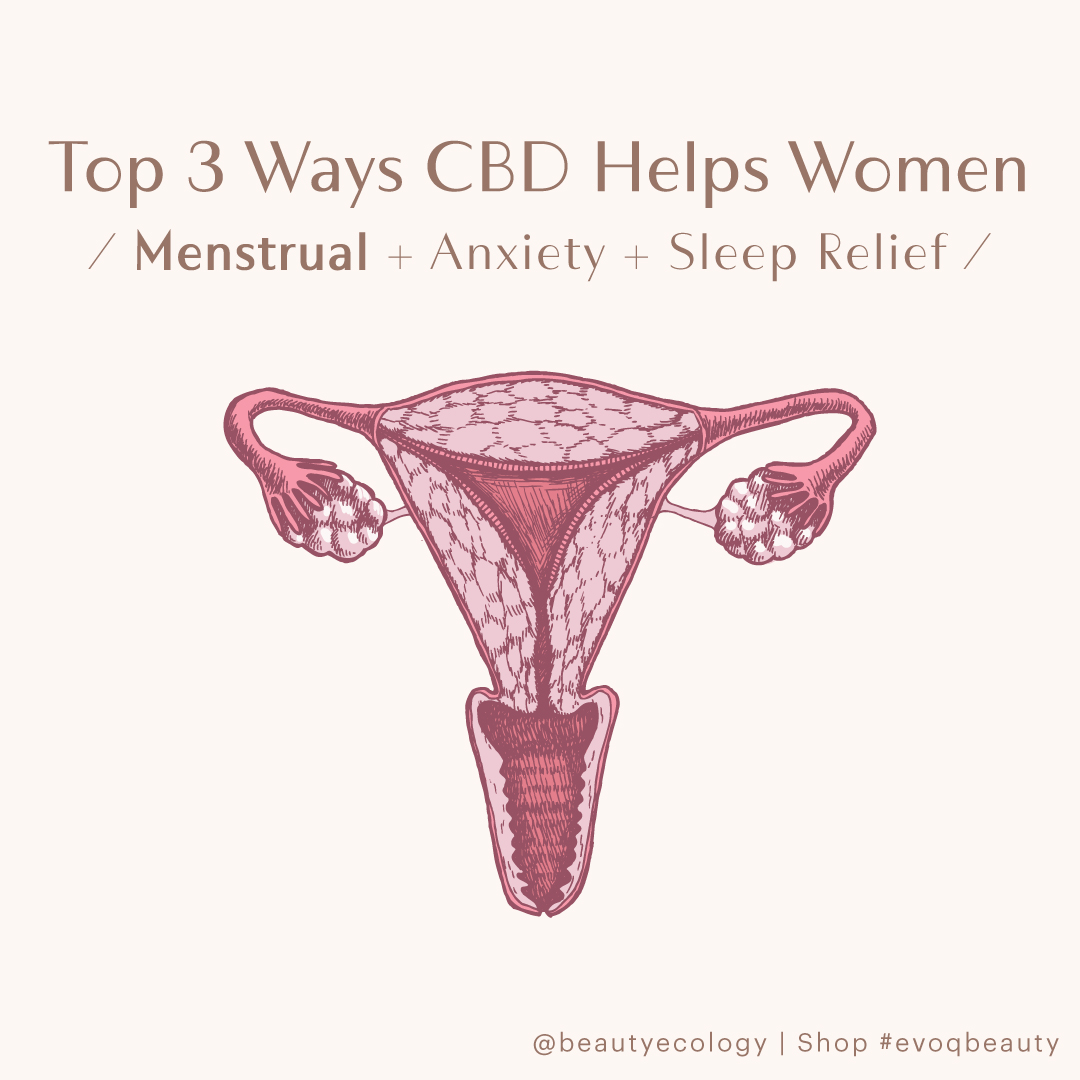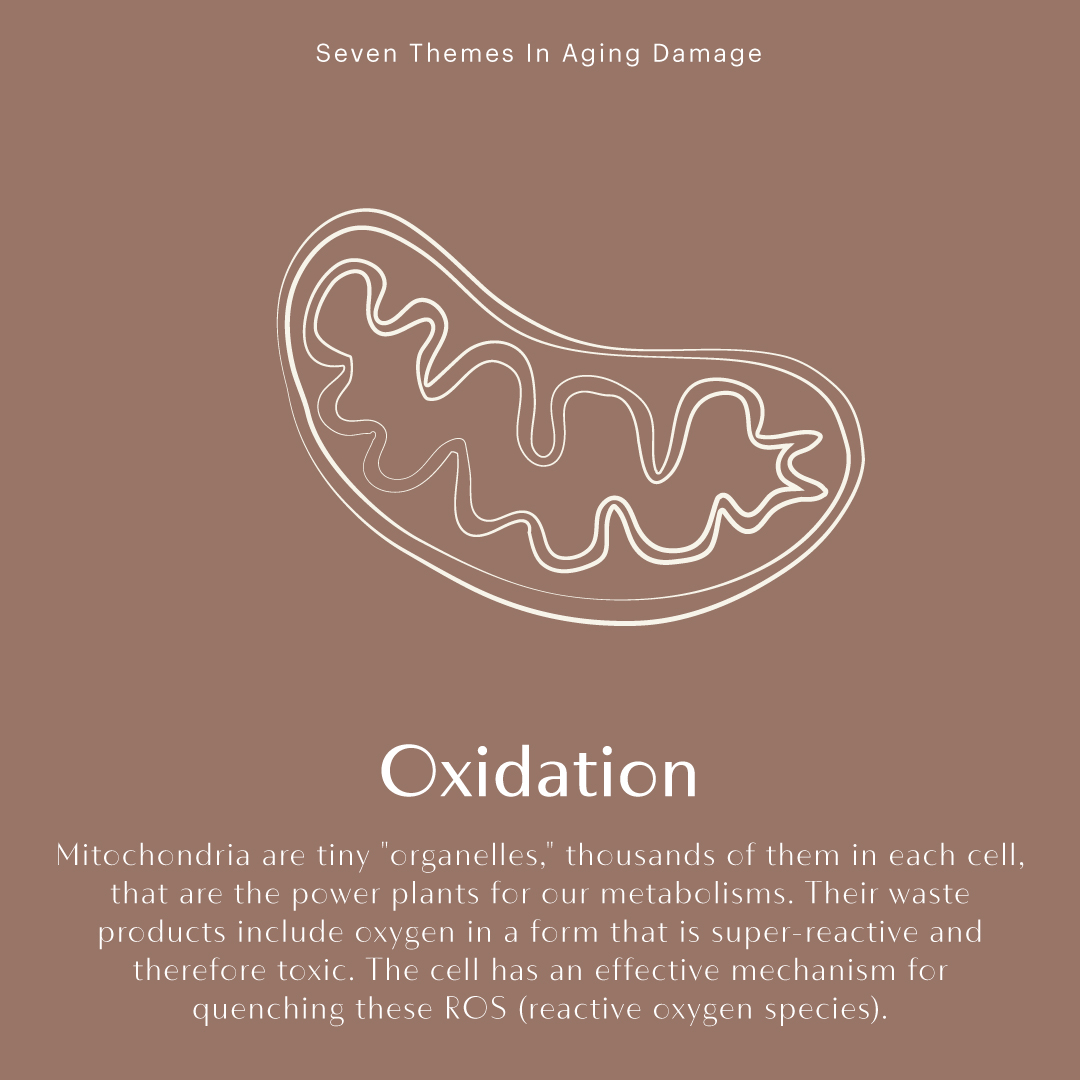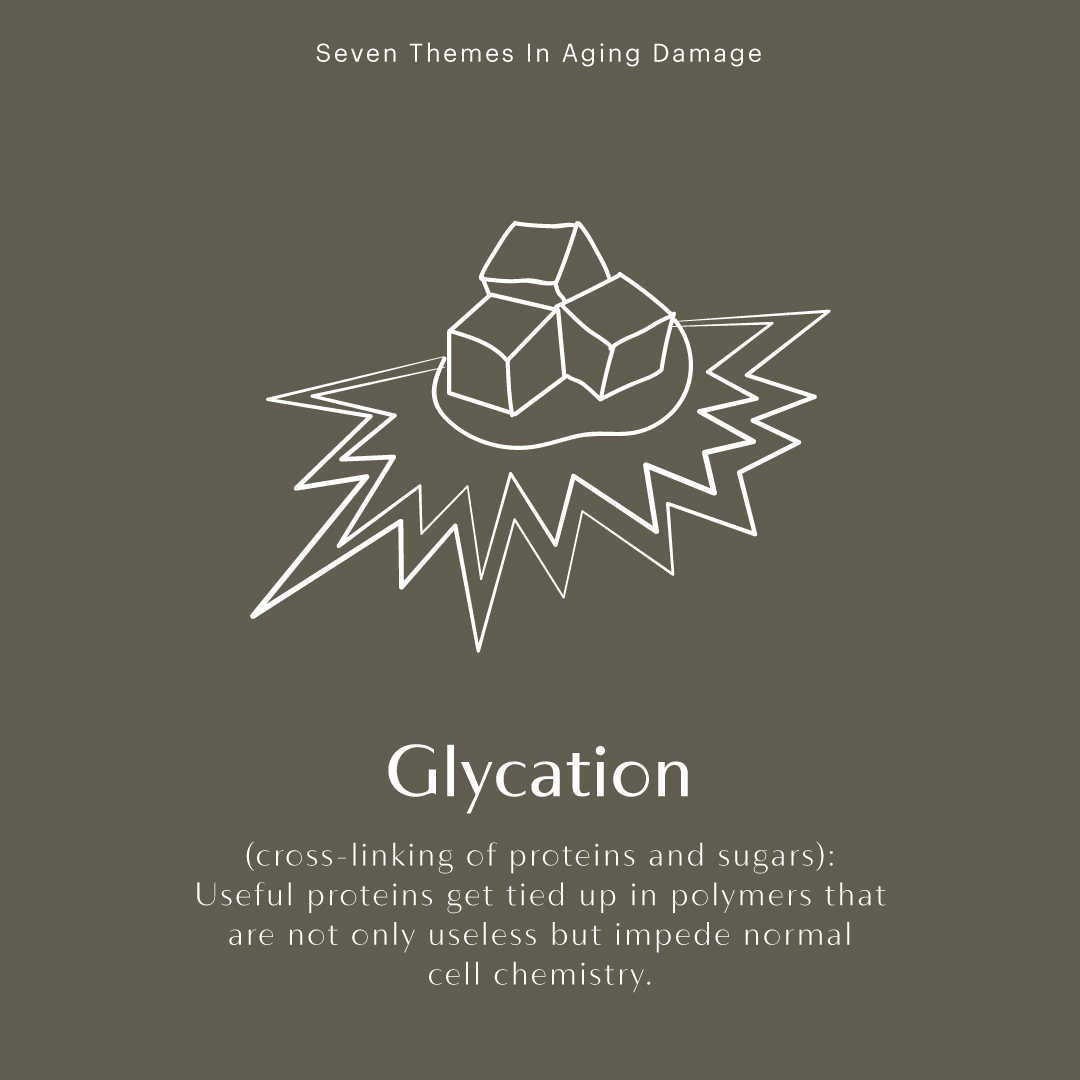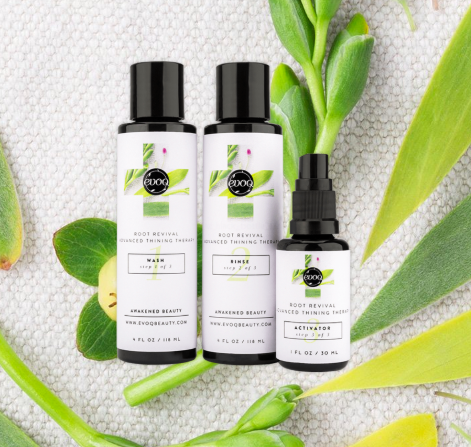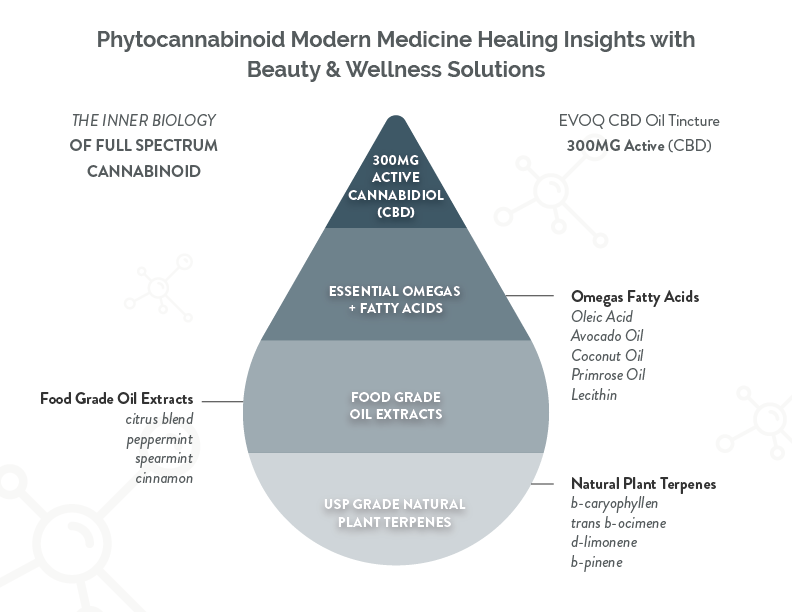Hello beautiful!
CBD and Cannabis are on the rise, and as with many markets, women rule the roost with finding personal resolve with their buying power.
More women are using cannabis than ever before. In fact, a 2017 report found that women are actually the leaders of cannabis consumption. That’s right, ladies are using cannabis more than their male counterparts.
Cannabis is wildly beneficial to women and can be an excellent addition to their everyday health and wellness routine. Here are just a few ways cannabis can improve women’s health and be of benefit to their lives.
1 / Anxiety Relief
Anxiety is the “it word” of normal experiences with women in the 21st-century. Our lives are faster and busier than ever before. And let’s face it, life can become really overwhelming. Over 30 percent of women will experience anxiety in their lifetime, with one in five prescribed some type of antipsychotic medication.
The right strain of weed however can change all of this. Research has shown that cannabis can slow down the “flight or fight” response in the brain because of the way THC (the psychoactive compound in cannabis) binds to CB1 receptors in the brain. CB1 receptors have been found in the amygdala, the part of the brain involved for regulating anxiety and feeling of “flight or fight.”
For ladies who suffer from anxiety and don’t enjoy the psychoactive effects of THC, CBD (the non-psychoactive compound in cannabis) can have a positive effect as well.
Not only does CBD counteract the anxiety THC can sometimes cause, but also works by itself for anxious thoughts and feelings. When administered as needed, CBD can offer excellent anxiety relief caused by general stress and several other conditions. CBD has shown to be effective for: post-traumatic stress disorder (PTSD), obsessive compulsive disorder (OCD)OCD, public-speaking anxiety, generalized anxiety disorder (GAD), social phobia, and mild to moderate depression.
2 / Menstrual Cycle Relief
For some women, “that time of the month” can be a nightmare. I can’t tell you how many of my girlfriends have expressed a desire to “rip out their uterus” once that time of the month arrives. From cramps, irritability, lower back pain, pelvic pain, and more, a woman’s menstrual cycle isn’t always a welcomed week.
CBD and Cannabis can help relieve menstrual cramps, tame tension, and help tremendously with lower back pain. There are cannabis products specially designed for women by women that can bring comfort during their moon. Cannabis tampons are totally a thing and can provide serious relief even for those who experience the worst cramps imaginable. You know, the ones that make you feel like you’re in labor instead of just on your period?
For Women in Legal THC States:
Taking a couple tokes of cannabis during those moments of extreme tension can also provide relief for women on their period. Microdosing marijuana during your period can help you stay balanced and tame the menstrual monster in your mind.
3 / Improved Sleep
Suffer from insomnia?
Join the club. Women are twice as likely to experience insomnia than men, which is the most common sleep disorder that exists. Whether you have trouble falling asleep at night or wake up during the night and can’t get back to sleep, cannabis can help.
Cannabis and CBD, specifically sativa strains, can have a wonderful sedative effect. A 2013 study found that healthy marijuana users took less time falling asleep and had less difficulty falling asleep. A 1973 study showed that THC reduced the time it took patients with insomnia to fall asleep by over an hour on average.
Getting a good night’s sleep is paramount to a healthy lifestyle. Women who find they have trouble sleeping can find relief with weed, no nasty sleeping pills required.
Hope you enjoyed these factoids - and why it’s even more important to take care of ourselves. WE WOMEN make a mark on this world - now we have more tools to do it pain free, with less stress - and ENERGY.
Ready to give CBD a try? Find our organic, pure and GMO free tinctures here
XO Love and light, Kassandra

